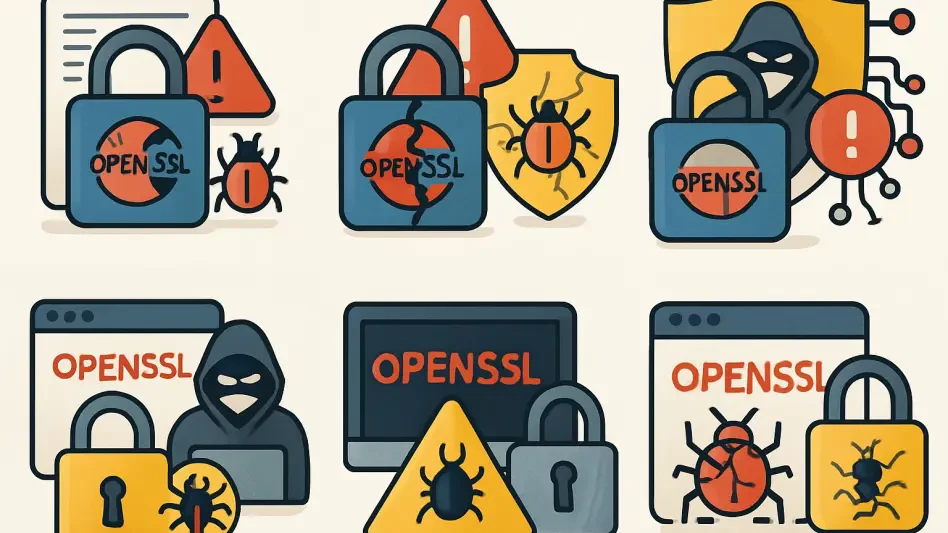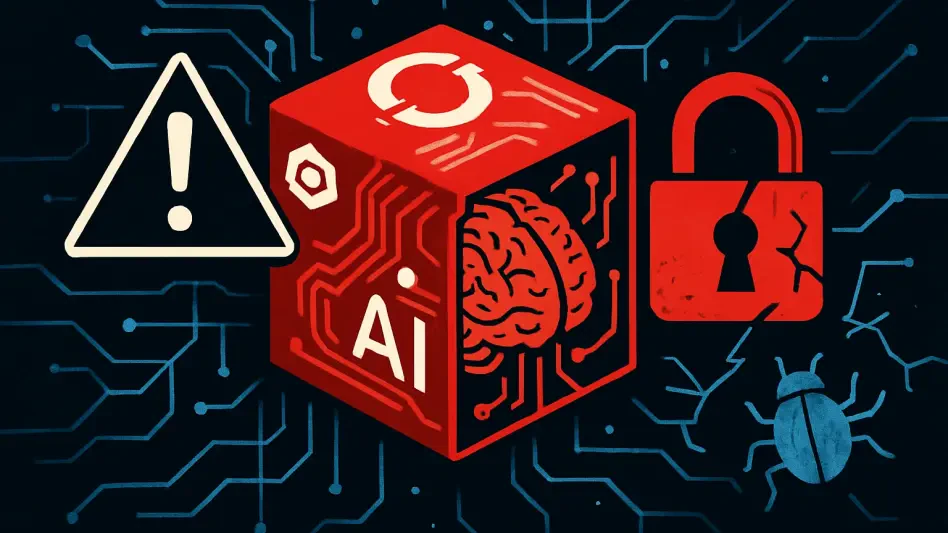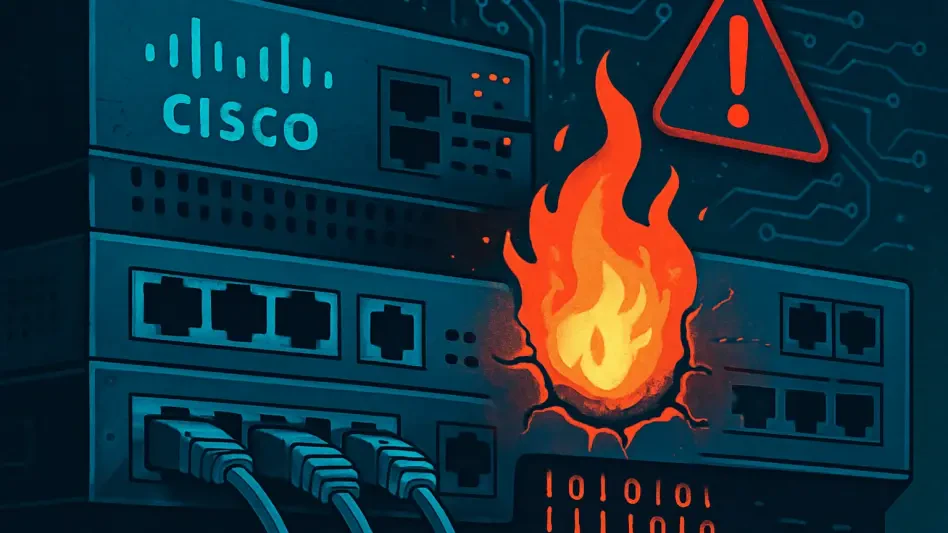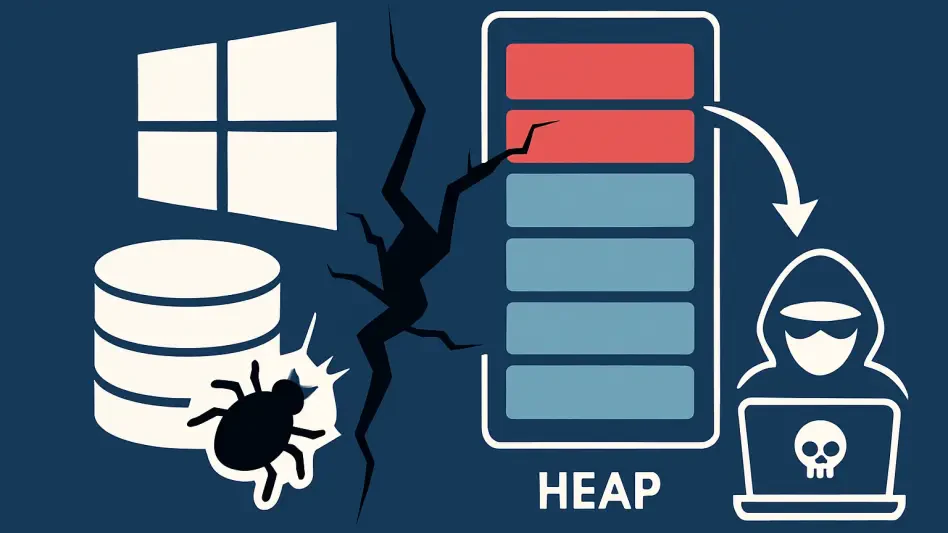The future of cybersecurity is shaped by an ever-evolving landscape of threats and innovative defense mechanisms. With advancing technology and increased connectivity, the risk of cyber attacks grows, requiring heightened vigilance and robust security strategies. This article delves into the critical factors influencing cybersecurity, including emerging vulnerabilities, sophisticated attack methodologies, the integration of artificial intelligence, and regional threat dynamics. These evolving elements collectively emphasize the need for proactive and adaptive security postures to protect against constantly evolving cyber threats.
The Emergence of New Vulnerabilities
GitHub has recently disclosed high-severity vulnerabilities in the ruby-saml library, drawing attention to the inherent risks associated with open-source software. These vulnerabilities enable attackers to bypass authentication mechanisms, which significantly compromises security. The identified vulnerabilities, CVE-2025-25291 and CVE-2025-25292, are particularly dangerous due to their potential to facilitate a Signature Wrapping attack that leads to unauthorized authentication. They affect specific versions of ruby-saml, underscoring the critical need for regular software updates and patches to maintain security.
These vulnerabilities serve as a stark reminder of the importance of staying informed about the latest disclosed threats to mitigate risks. The complexity and frequency of these vulnerabilities highlight the ongoing challenges organizations face in keeping their systems secure. Open-source software, despite its many benefits, can present significant security risks if not diligently managed. Therefore, organizations must prioritize routine security audits and incorporate automated vulnerability scanning tools to promptly identify and address potential threats.
Enhanced Threats in Cloud Security
Cloud security remains a significant concern for cybersecurity professionals, with emerging ransomware attacks posing substantial risks. The SANS Institute has alerted the industry to innovative ransomware tactics that exploit cloud service providers’ default settings and storage security controls. A prominent report from Palo Alto Networks’ Unit 42 highlighted that sensitive data is often found in a significant percentage of cloud storage buckets, making them a prime target for cyber attackers.
These emerging threats illustrate the evolving sophistication of ransomware attacks that exploit legitimate cloud security features. For instance, the use of Amazon S3’s SSE-C encryption mechanism by attackers to encrypt targeted buckets showcases the innovative methods employed to breach cloud environments. Similarly, attackers have used AWS KMS keys with external material, facilitated by scripts generated by AI tools, further demonstrating the advanced tactics threat actors employ. The growing risk associated with cloud storage necessitates better security measures, including stricter controls and regular audits, to protect sensitive data from ransom-based exploitation.
Coordinated Exploitation of SSRF Vulnerabilities
The surge in coordinated exploitation of Server-Side Request Forgery (SSRF) vulnerabilities is another critical concern in the cybersecurity landscape. GreyNoise has detected a significant increase in IPs attempting to exploit various SSRF vulnerabilities, affecting platforms globally. This coordinated effort spans multiple countries, including the U.S., Germany, Singapore, and Japan, highlighting the widespread nature of this threat.
Notable SSRF vulnerabilities that have been exploited include those in popular platforms like DotNetNuke, Zimbra Collaboration Suite, VMware vCenter, and GitLab CE/EE. This trend underscores the pressing need for organizations to identify and remediate SSRF vulnerabilities promptly. The rise in such exploitation calls attention to the broader issue of inherent flaws within web applications and the increasing sophistication of methods used by attackers to exploit them. Comprehensive security measures, including stringent code review processes and robust input validation mechanisms, are essential to mitigate these risks.
Role of AI in Cybersecurity
Artificial intelligence (AI) is transforming various aspects of cybersecurity, particularly in the field of penetration testing. AI’s ability to automate tasks such as vulnerability scans and network analysis has significantly enhanced efficiency. However, the role of human expertise remains irreplaceable. Despite AI’s advancements, expert involvement is crucial for interpreting results, making strategic decisions, and developing comprehensive cybersecurity measures.
A report from McKinsey highlighted the anticipated job displacement due to automation, but revised estimates suggest a more balanced integration of AI and human expertise. Platforms like PlexTrac illustrate this fusion by incorporating AI to reduce manual efforts while still emphasizing human oversight. AI’s impact on cybersecurity is optimistic, with collaboration between AI and skilled professionals leading to more robust security defenses. This synergy ensures that AI serves as a tool to augment human capabilities rather than replace them, leading to well-rounded and effective cybersecurity practices.
Geopolitical Tactics: Blind Eagle’s Targeted Attacks
The cyber threat actor known as Blind Eagle has launched persistent campaigns targeting Colombian institutions since November 2024, revealing the geopolitical implications of certain cyber threats. Blind Eagle, also recognized by aliases such as AguilaCiega and APT-C-36, has targeted judicial bodies and other entities within Colombia, leading to significant infection rates.
Their tactics involve sophisticated spear-phishing emails that enable initial access, followed by the deployment of Remote Access Trojans (RATs) and exploitation of vulnerabilities. This hyper-specific targeting within South America underscores the need for tailored security measures against geopolitical threats. The focus on regional entities by Blind Eagle reveals the strategic importance of cybersecurity in protecting national and institutional integrity. Enhanced awareness and targeted defensive measures are essential to safeguard against such persistent and politically motivated cyber campaigns.
Emphasis on Adversarial Exposure Validation (AEV)
Adversarial Exposure Validation (AEV) represents a paradigm shift in cybersecurity, promoting real-world testing of defense mechanisms to ensure resilience against genuine threats. The importance of AEV lies in its ability to identify true exposure risks, going beyond the conventional approach of patching known vulnerabilities. It emphasizes a comprehensive validation of security measures under actual threat conditions.
Organizations adopting AEV can effectively navigate the complexities and nuances of the cybersecurity landscape. This proactive security strategy ensures that defensive measures are not just theoretical but are proven effective in real-world scenarios. The adoption of AEV reflects a commitment to strategic and validated security measures, enhancing overall security posture. This approach helps organizations build stronger defenses against potential threats, thereby reducing the likelihood of successful cyber attacks and ensuring a more resilient security framework.
Advancements in Application Security Posture Management (ASPM)
Palo Alto Networks has introduced Application Security Posture Management (ASPM), marking a significant advancement towards proactive security measures. ASPM combines code insights with real-time runtime data to provide a comprehensive view of application security. This approach transitions security from reactive measures to a more proactive stance, reducing the need for emergency patches and retrofits.
The ASPM strategy emphasizes a shift-left methodology, integrating security early in the software development process. This proactive measure helps identify and mitigate security gaps before they are exploited, enhancing overall security management. The webinar hosted by Amir Kaushansky elaborated on the transformative potential of ASPM in closing security gaps and fostering a more resilient approach to application security. The adoption of ASPM signifies a major step towards a more comprehensive and proactive security posture, ensuring that applications remain secure throughout their lifecycle.
Comprehensive Cybersecurity Strategies
The future of cybersecurity is shaped by a constantly changing landscape of threats and innovative defense strategies. As technology advances and connectivity broadens, the risk of cyber attacks increases, demanding heightened vigilance and stronger security measures. This article explores the key factors impacting cybersecurity, such as emerging vulnerabilities, advanced attack techniques, the use of artificial intelligence, and the regional dynamics of threats. These evolving components collectively underscore the necessity for proactive and adaptive security approaches. Continuous development and real-time responses are crucial in safeguarding against constantly evolving cyber threats. Moreover, collaboration among international and regional actors, the implementation of comprehensive security policies, and investment in research and training are essential in addressing these multifaceted challenges. As cyber threats grow in complexity, so too must the strategies that defend against them, emphasizing a need for innovation and vigilance across the cyber defense landscape.







